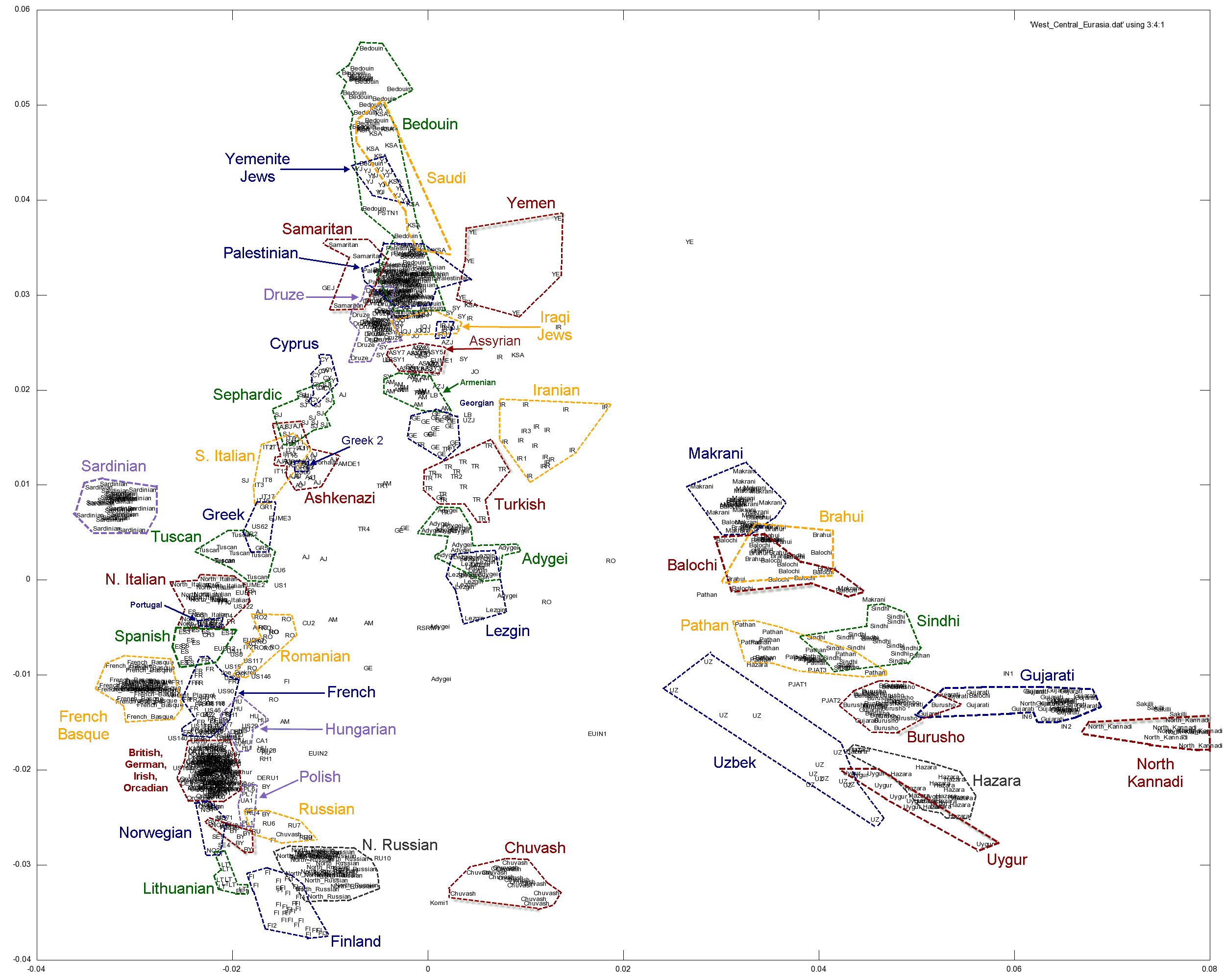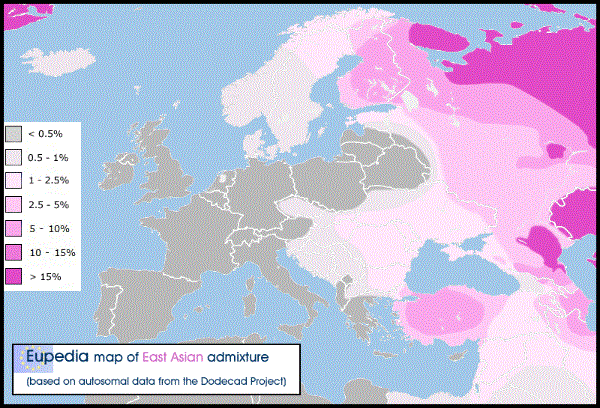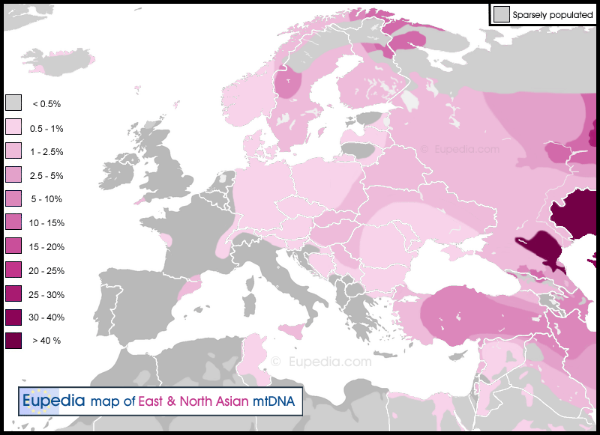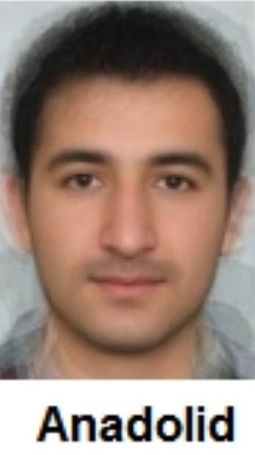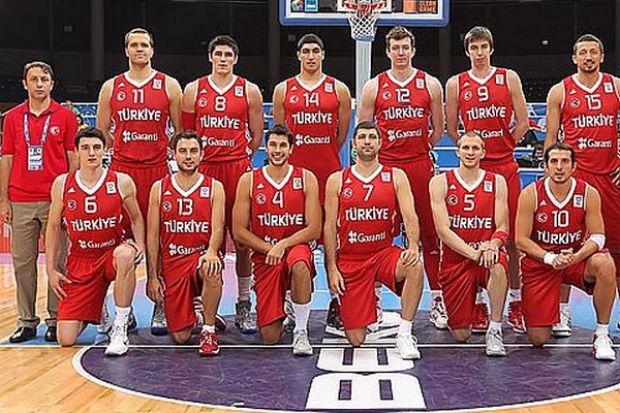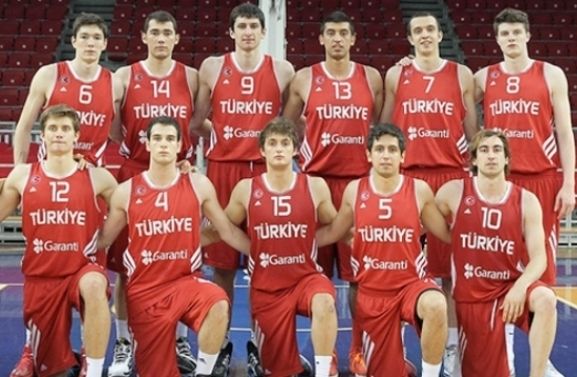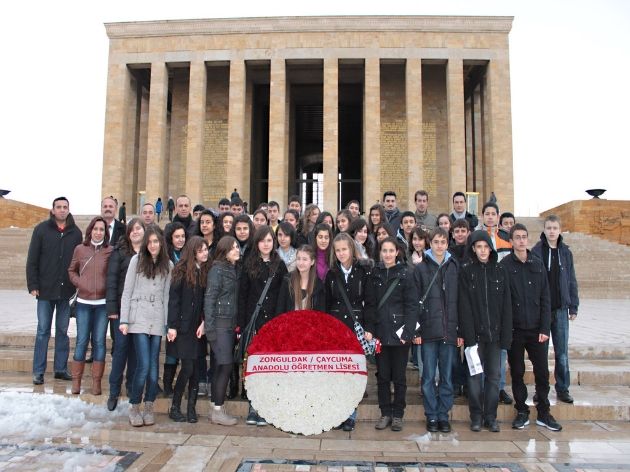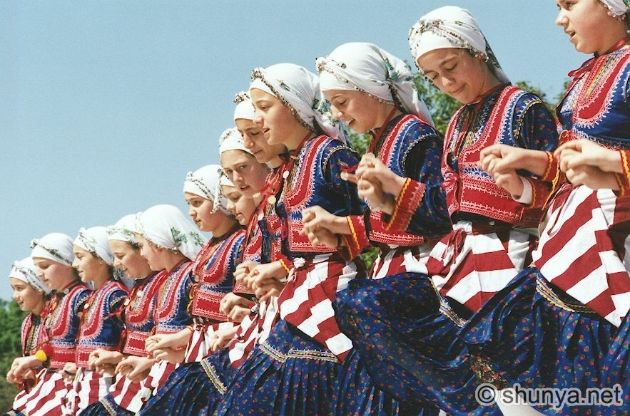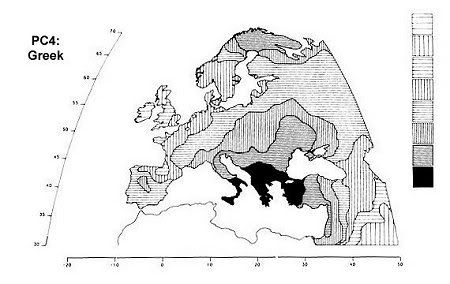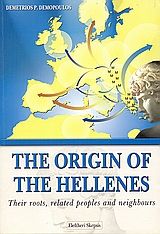Post by Admin on Oct 30, 2022 20:36:16 GMT
May in genetics Cypriots appear intermediate between Greeks from Aegean islands, Mainland Greece and The Levant but in phenotypes they are more Europeans.
Average Cypriot Male from Nikosia
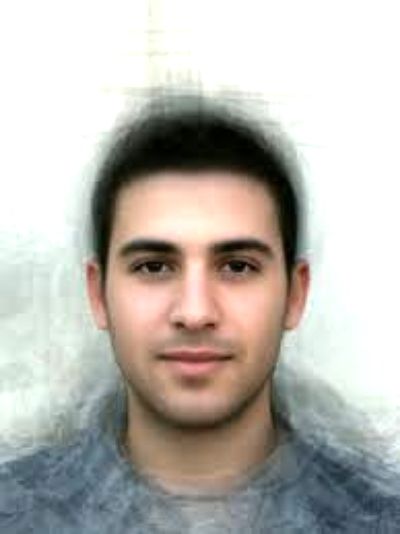
Composite face from the Greek side of the border made by
combining 16 of the individual male faces.
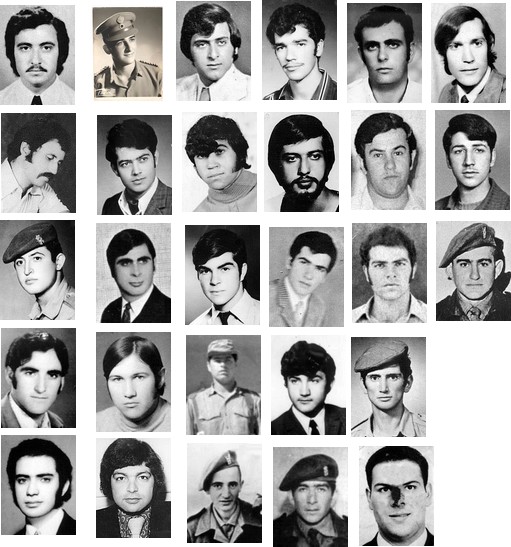






Below Cypriots with visible Near Easterner phenotype, Armenoids.


Armenoids can be found even in Sicily.
Al Pacino

"Because of the lack of clear distinction in craniological studies between Armenoid and Alpine crania, considerable uncertainty prevails as to the prehistoric distribution of the Armenoid race in Europe. Apparently no great extension into Europe of this physical type in its purity occurred in prehistoric times, so far as can be judged from archeological remains. It seems clear, nevertheless, that the oriental phase of the first Early Iron Age, generally called the Hallstatt period in central Europe and dating from about 700 to 500 B.C., witnessed a considerable diffusion of Armenoids from Asia Minor into the Balkan Peninsula, Greece, Italy, and probably other areas adjacent to Asia Minor. The Etruscans almost certainly came from Asia Minor and settled in Italy about the eighth century B.C. And there is reason for believing that they were in some degree Armenoid."
-Hooton
s1.zetaboards.com/anthroscape/single/?p=1017353&t=5088582
The southern Italians, as this survey will indicate, are a distinctive group of people who will not fall into any one recognized racial category. Besides conventional Mediterraneans and Alpines there are two special types which are particularly common, and will be familiar to anyone living in Italian sections of the United States, as well as to anyone who has visited southern Italy. These are: (1) a coarse Mediterranean, short-statured, thick-limbed, mesocephalic, possessing a narrow forehead, wide malars, heavy browridges, a short, broad, straight or lightly concave nose with upturned tip, a strong jaw, and some prognathism; (2) a local approximation to an Armenoid, short-statured, especially thick-set and short-necked, with a flattened occiput, dome-shaped lateral vault profile, heavy browridges, a high-rooted, high-bridged, thick-tipped and depressed-tipped nose, and an especially prominent jaw.
The coarse Mediterranean mesocephal has counterparts in Spain and Portugal, as well as North Africa, and goes back at least to the time of the shell-heap burials of Muge. It seems, however, especially prevalent among South Italians. The local Armenoid may be partly descended from Near Easterners brought to cental and southern Italy in imperial times, but it is more likely that it is to a greater extent a local combination of Alpine with various Mediterranean elements, through the mechanism of differential inheritance.
-Carleton Coon
www.theapricity.com/snpa/chapter-XII7.htm
Average Cypriot Male from Nikosia

Composite face from the Greek side of the border made by
combining 16 of the individual male faces.







Below Cypriots with visible Near Easterner phenotype, Armenoids.


Armenoids can be found even in Sicily.
Al Pacino

"Because of the lack of clear distinction in craniological studies between Armenoid and Alpine crania, considerable uncertainty prevails as to the prehistoric distribution of the Armenoid race in Europe. Apparently no great extension into Europe of this physical type in its purity occurred in prehistoric times, so far as can be judged from archeological remains. It seems clear, nevertheless, that the oriental phase of the first Early Iron Age, generally called the Hallstatt period in central Europe and dating from about 700 to 500 B.C., witnessed a considerable diffusion of Armenoids from Asia Minor into the Balkan Peninsula, Greece, Italy, and probably other areas adjacent to Asia Minor. The Etruscans almost certainly came from Asia Minor and settled in Italy about the eighth century B.C. And there is reason for believing that they were in some degree Armenoid."
-Hooton
s1.zetaboards.com/anthroscape/single/?p=1017353&t=5088582
The southern Italians, as this survey will indicate, are a distinctive group of people who will not fall into any one recognized racial category. Besides conventional Mediterraneans and Alpines there are two special types which are particularly common, and will be familiar to anyone living in Italian sections of the United States, as well as to anyone who has visited southern Italy. These are: (1) a coarse Mediterranean, short-statured, thick-limbed, mesocephalic, possessing a narrow forehead, wide malars, heavy browridges, a short, broad, straight or lightly concave nose with upturned tip, a strong jaw, and some prognathism; (2) a local approximation to an Armenoid, short-statured, especially thick-set and short-necked, with a flattened occiput, dome-shaped lateral vault profile, heavy browridges, a high-rooted, high-bridged, thick-tipped and depressed-tipped nose, and an especially prominent jaw.
The coarse Mediterranean mesocephal has counterparts in Spain and Portugal, as well as North Africa, and goes back at least to the time of the shell-heap burials of Muge. It seems, however, especially prevalent among South Italians. The local Armenoid may be partly descended from Near Easterners brought to cental and southern Italy in imperial times, but it is more likely that it is to a greater extent a local combination of Alpine with various Mediterranean elements, through the mechanism of differential inheritance.
-Carleton Coon
www.theapricity.com/snpa/chapter-XII7.htm
















